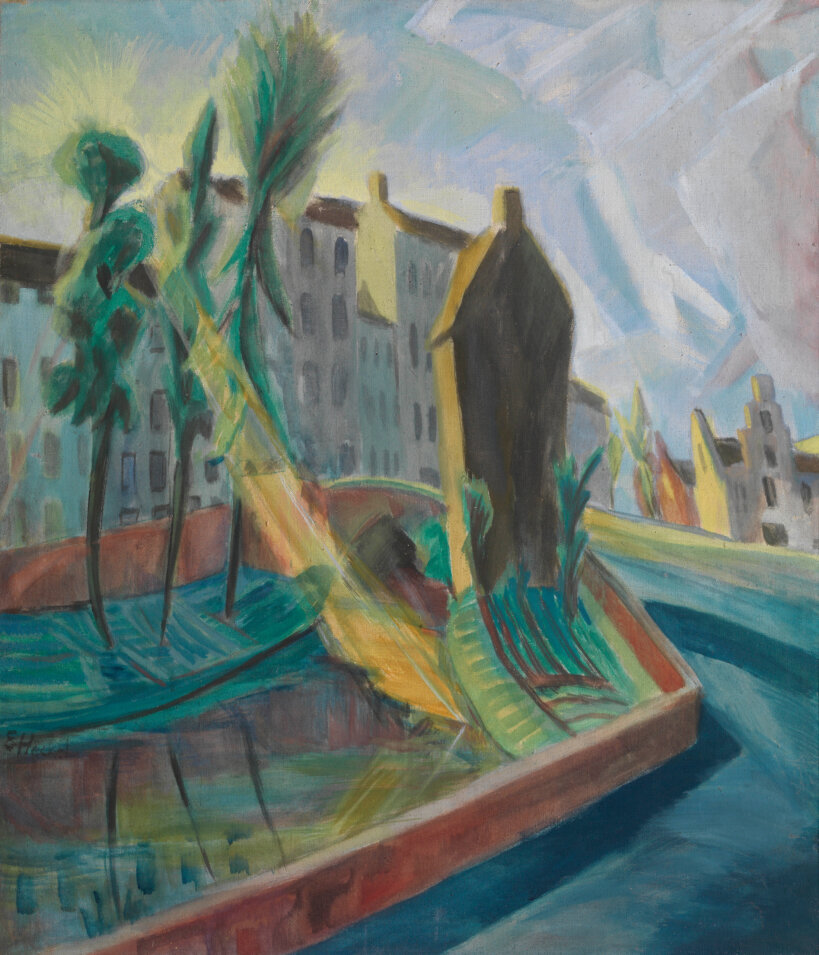This fall, the Museum of Fine Arts Ghent is dedicating an exhibition to the German artist Erich Heckel (1883-1970). Heckel was one of the leading figures of German Expressionism and a co-founder of the artists' association Brücke. During World War I, he worked as an orderly for the Red Cross in Roeselare, Ostend, and Ghent. His fascination with the Flemish landscapes and cities is reflected in striking artworks: romantic and expressive, spiritual and tangible, and above all, hopeful. With this monographic exhibition, the MSK highlights a lesser-known but particularly intriguing period of this influential artist.
On view in the exhibition
1 / 1




























